Urban Exploring (UE) tends to be seen by many as an interest that should be frowned upon. I agree to a certain extent having seen a lot of childish immature offerings made by millennial goontubers, and Instagram idiots. They think it’s more about them than the actual building/graveyard/ graffiti et all. Never mind the vandals, taggers or thieves. Most of whom lurk on Facebook pages.
As an explorer covering the U.K. and Europe, my aim is to bring an unseen glimpse into places that would otherwise remain silent in decay. I try to take my photographs in as sympathetic a manner as possible, always remembering that I am just a vehicle for other people’s memories. I hope you enjoy my work.
HISTORY
In May 1864 the Liverpool Adult Deaf and Dumb Benevolent Society was established so as to give Deaf People equal access to the Scriptures. They started with just one room in the School for the Deaf and Dumb in Oxford Street.
In 1865 the Society held a meeting where they appointed a committee and decided on the rules. They had no premises where they could meet until 1869 when they were able to rent a room on Pleasant Street.
In 1874 the priest in charge of Liverpool gave permission for Sunday services to be held in the cemetery Chapel, St Mary’s on Cambridge Street as it was not being used. These premises were not suitable and the committee decided they needed somewhere permanent.
In 1877 the Society started a building fund. The Mayor of Liverpool then took an interest in the fund and through him her Majesty Queen Victoria made a donation of £5.
In 1886 the committee got a lease from Lord Sefton for the land of Princess Avenue and Parkway. This lease was given for 2000 years.
On 16th May 1887 H.R.H Princess Louise formally opened the Institute.
The church was designed in tiers so that the congregation could see the ministers sign language.
On 9th November 1927 the Deaf Community suffered a massive loss with the death of the founder George Healey aged 84. Four years later in May 1931 the Society opened the George Healey memorial hall. This would be used as a men’s club where men could play snooker, chess, cards and other activities.
The building also had the women’s room where women could go to socialise. The hall was used for lectures, meetings, dances and social gatherings. The chapel in the building was used for services every Sunday at 11am and 6.30pm.
The society provided an employment bureau and sometimes employment for the jobless, interpreters for all occasions, social gatherings for the Deaf Blind and financial help for the poor.
In the late 1980s the Society relocated to Queens Drive in West Derby.
In 1987 it was purchased for £50k and For 20 years it operated as the Ibo community and social club for the immigrant Igbo people from Nigeria but this ceased when the buildings fabric deteriorated. At an estimated cost of circa £3million to restore it now stands rotting.
MY VISIT IN PHOTOGRAPHS
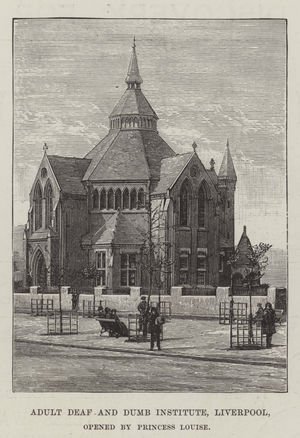
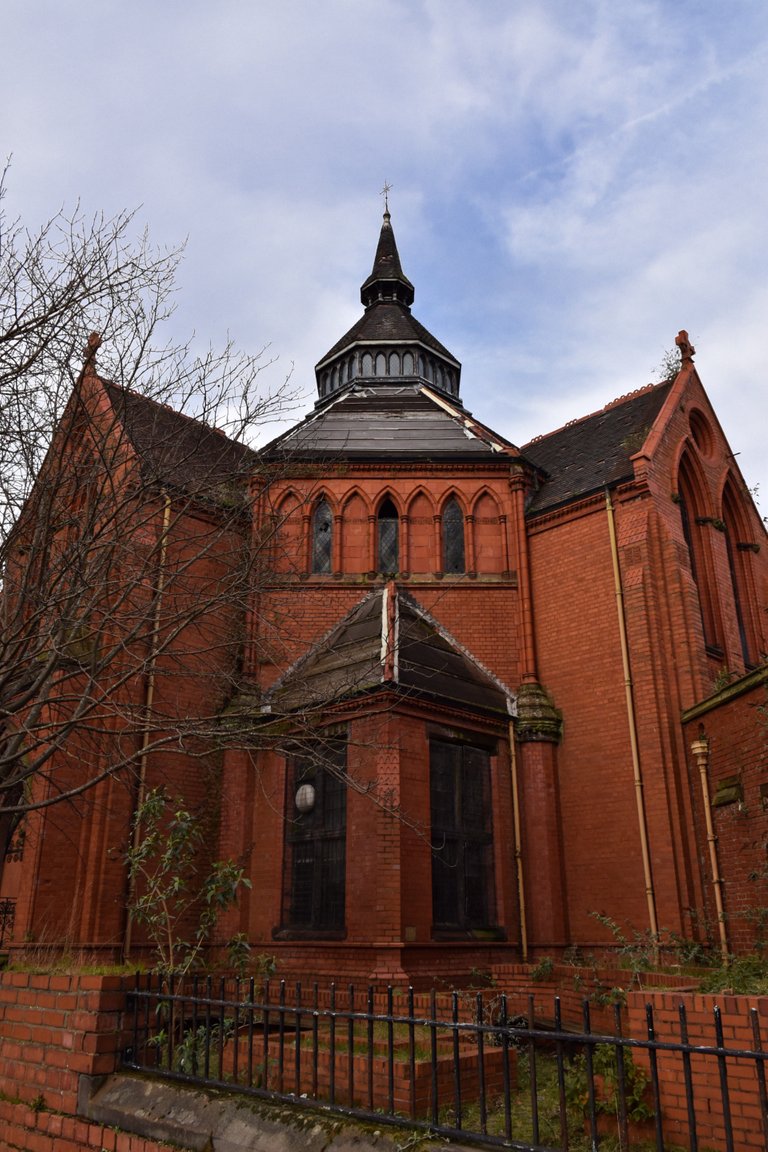
Victorian drawing and how it looks today
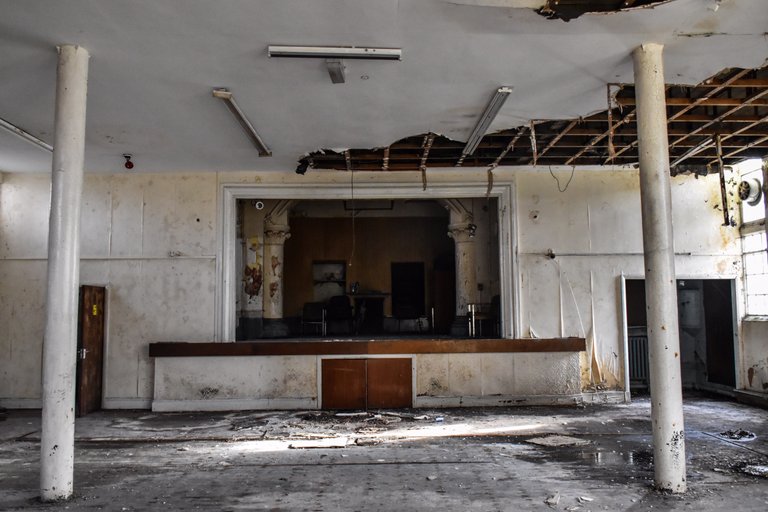
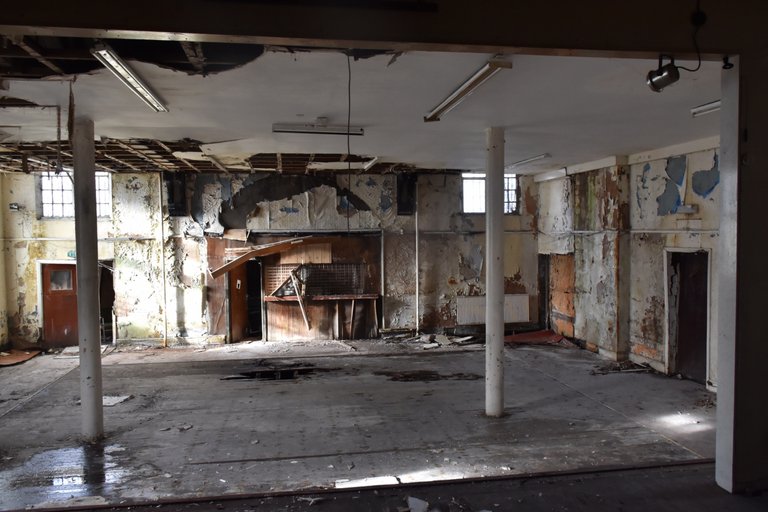
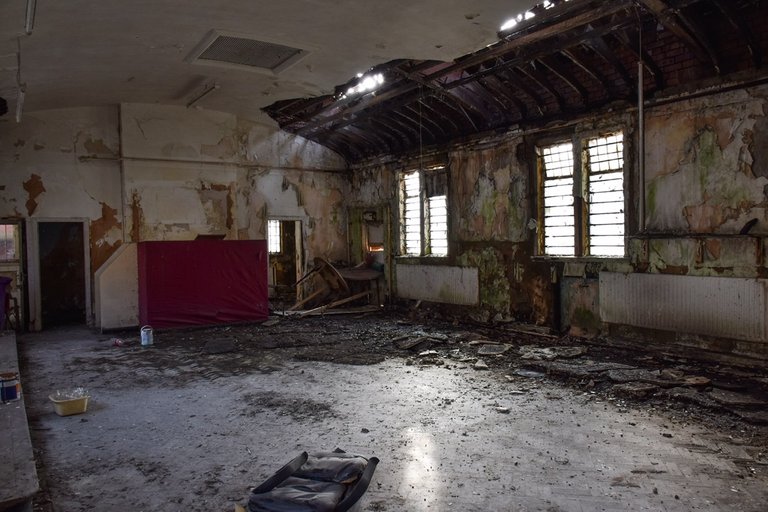
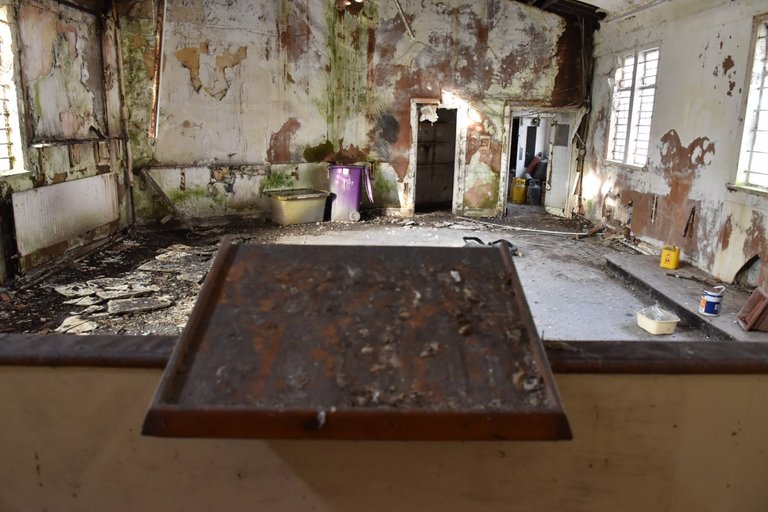
Views of the ancillary recreational halls
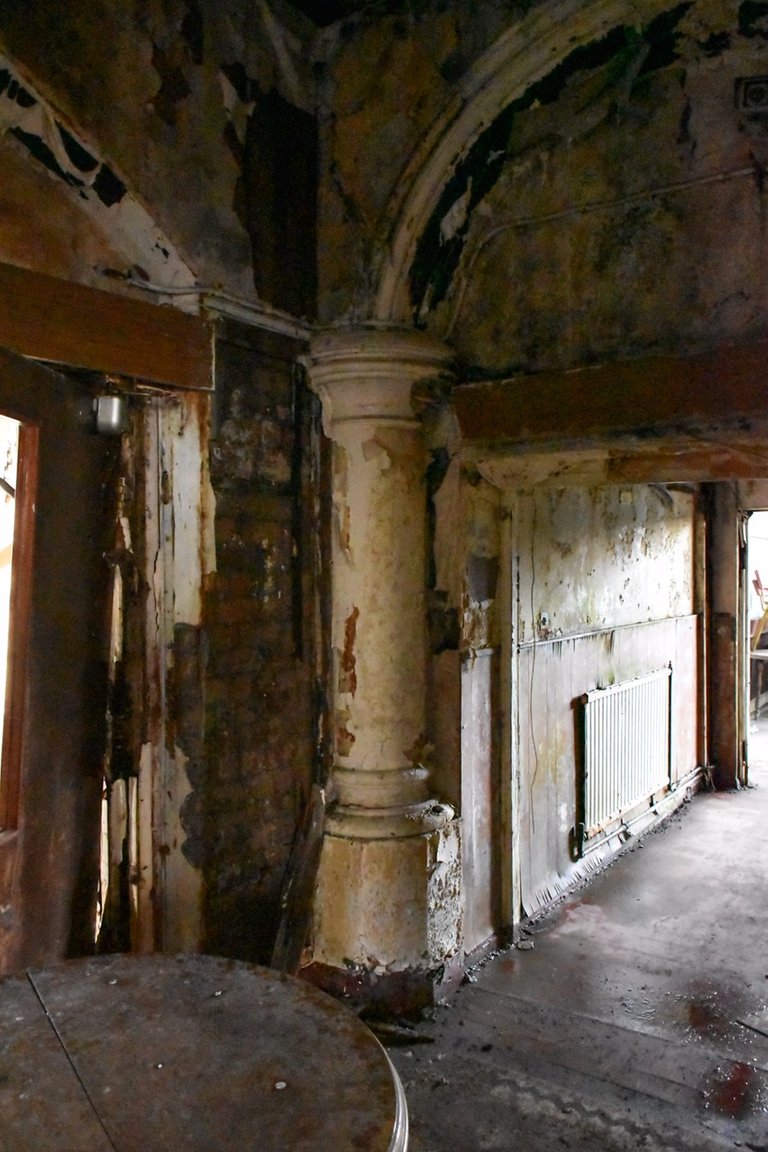
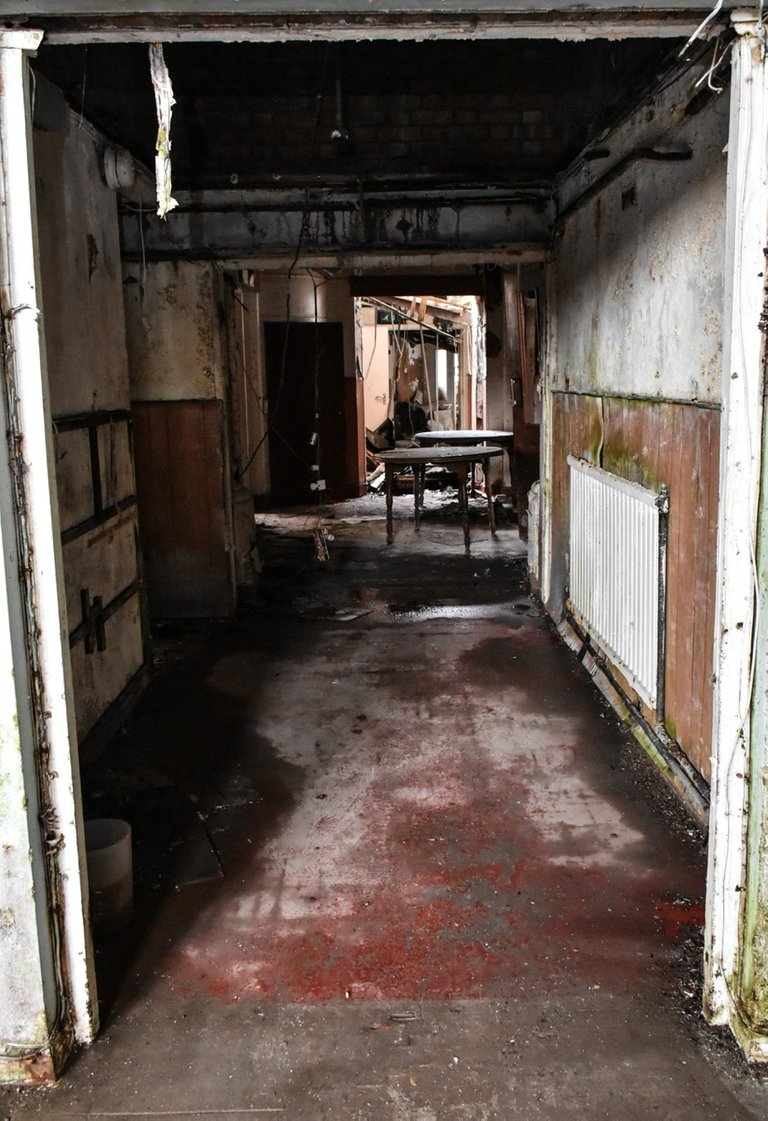
 ![78F0F679C1D847E198D2F9FE9D083DBF.jpeg]
![78F0F679C1D847E198D2F9FE9D083DBF.jpeg]
(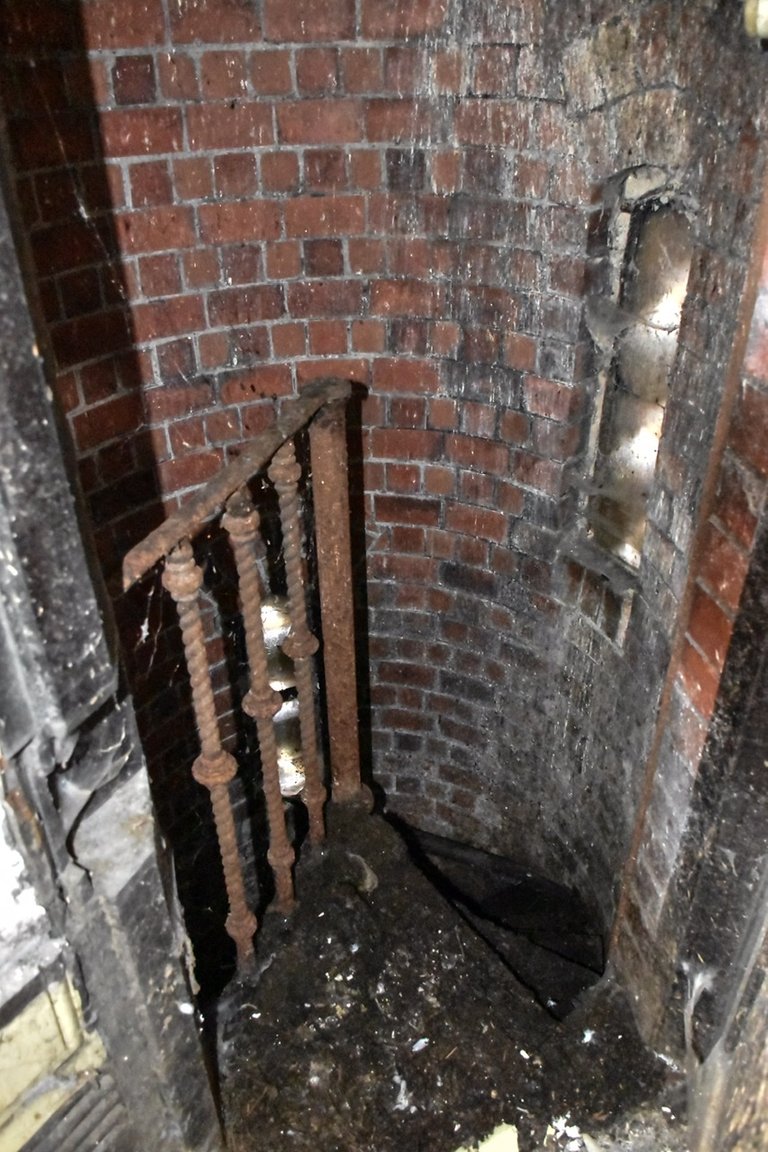 )
)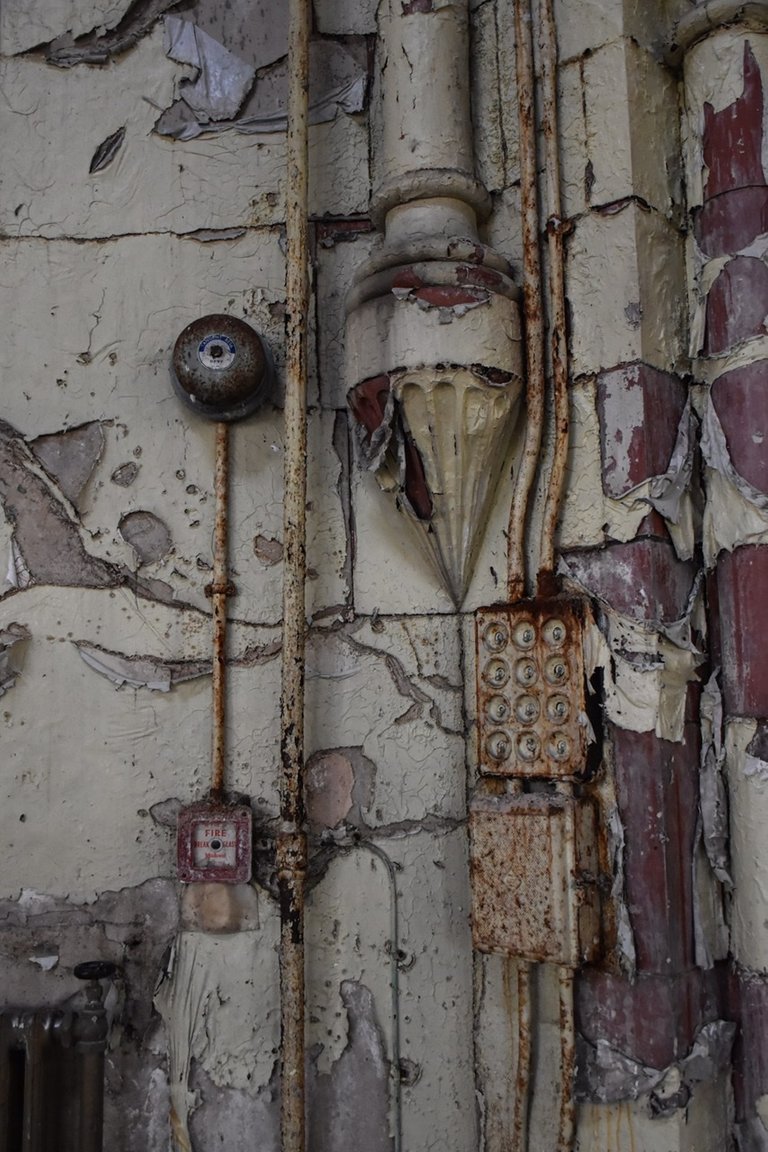
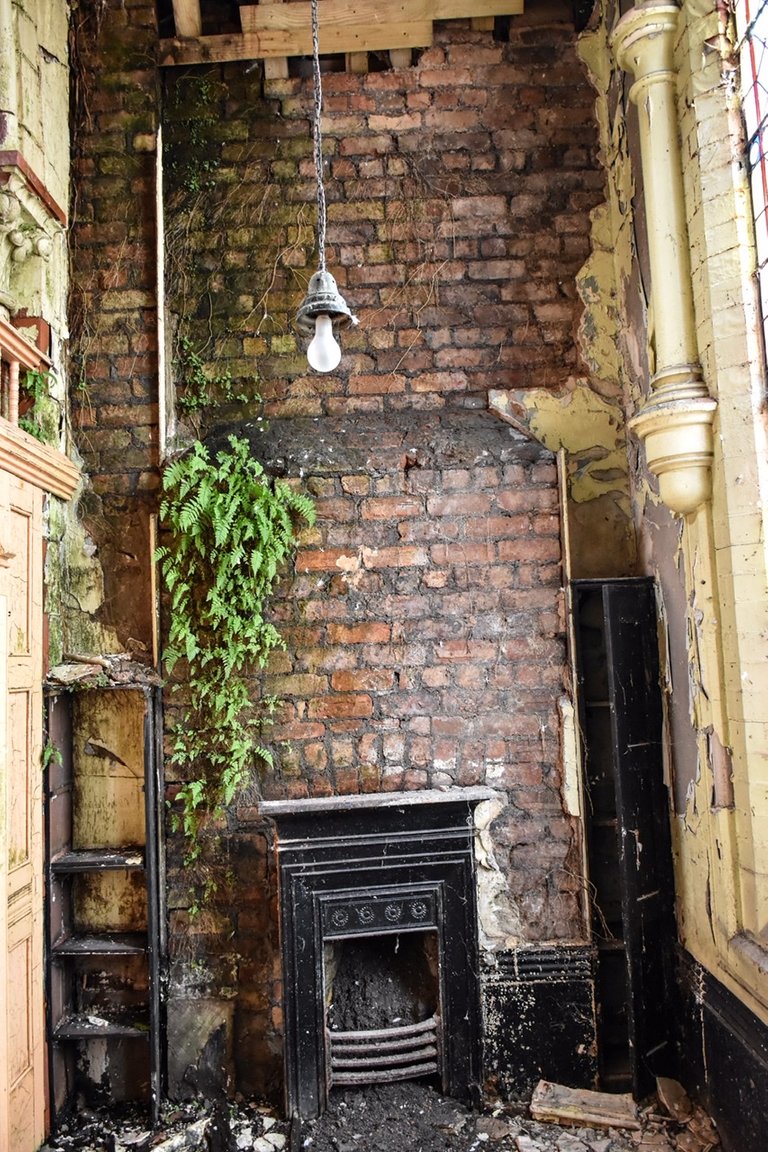
Passageways and stairs to the body of the chapel
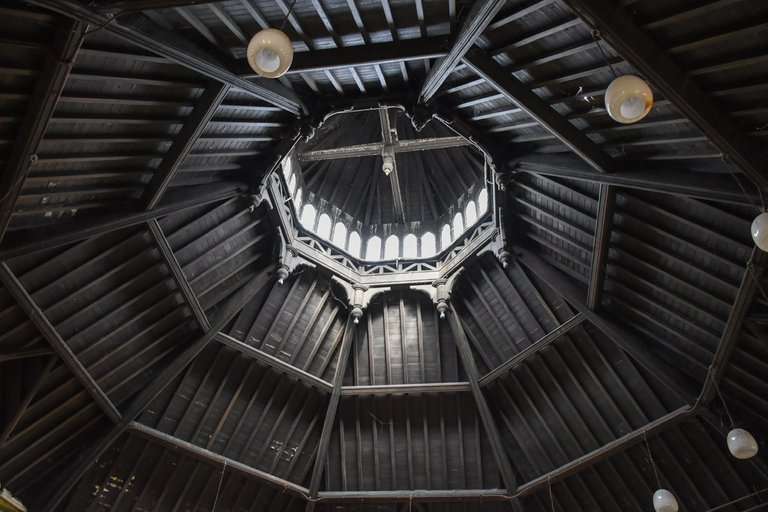
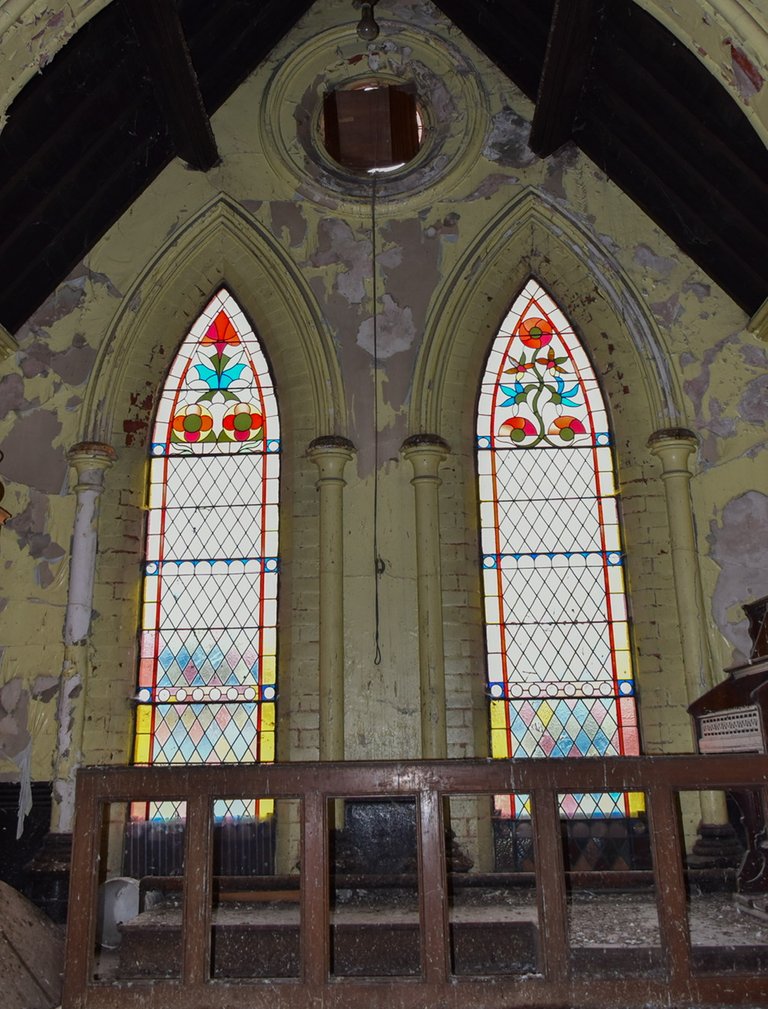
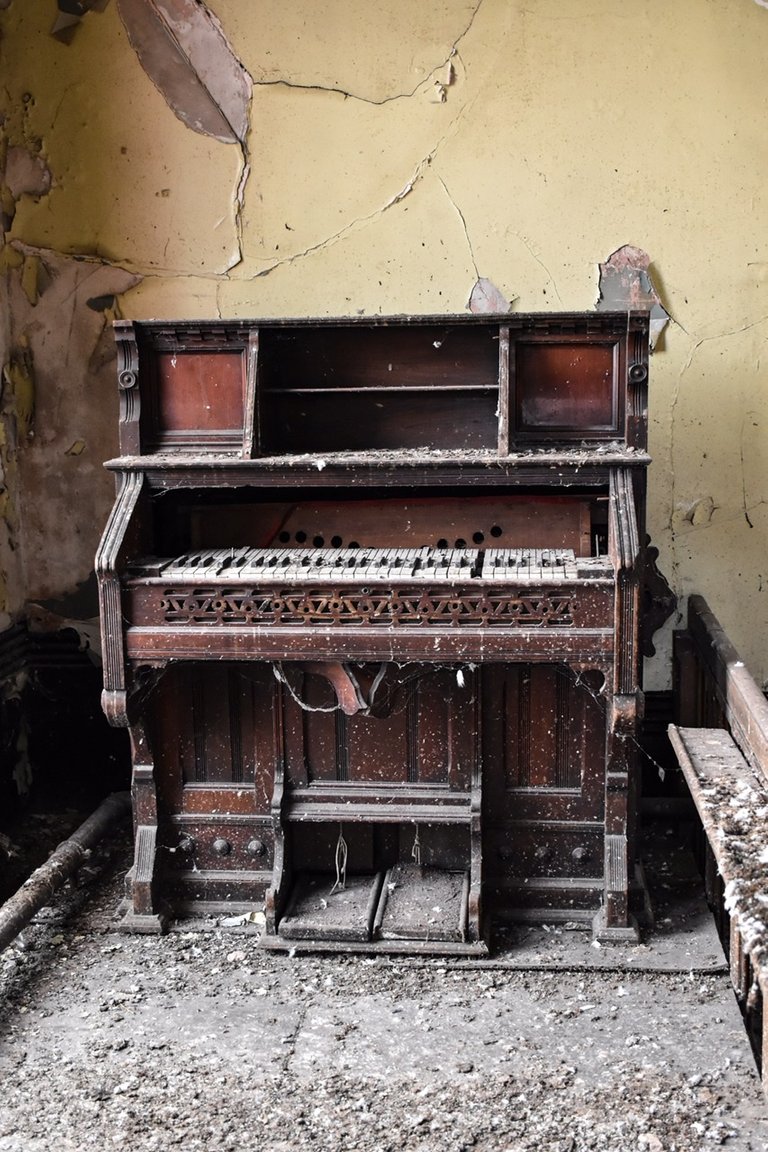
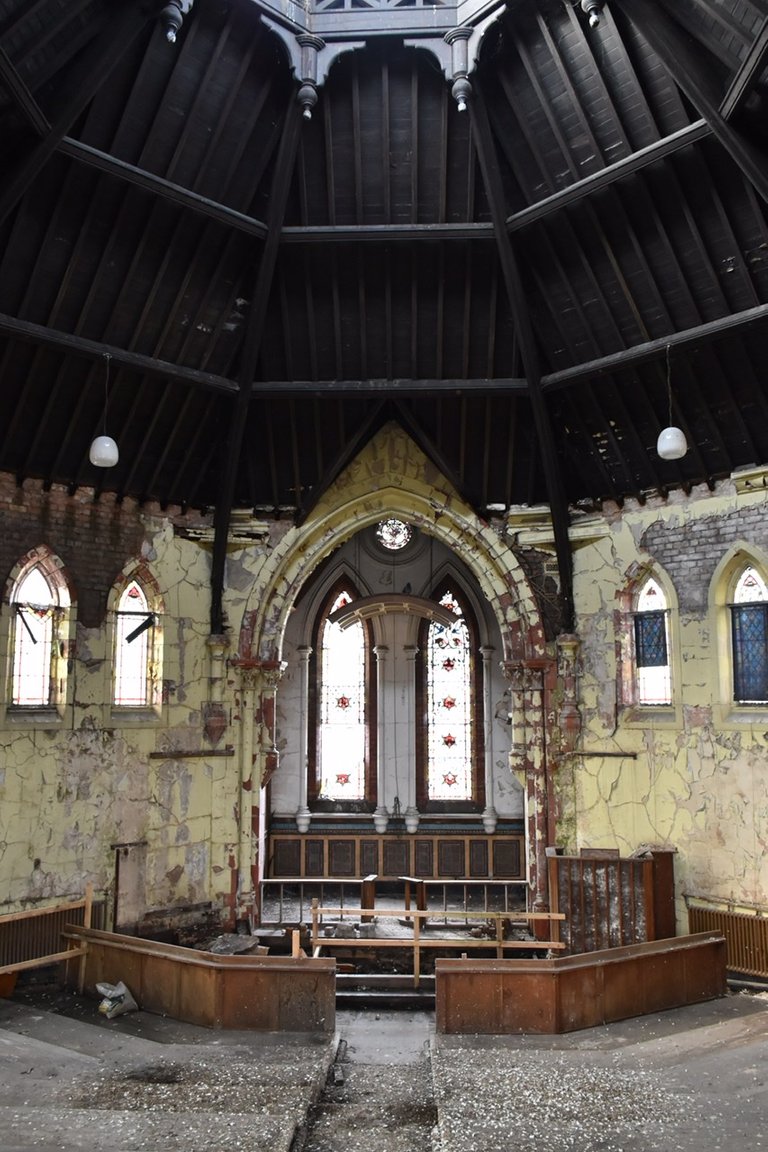
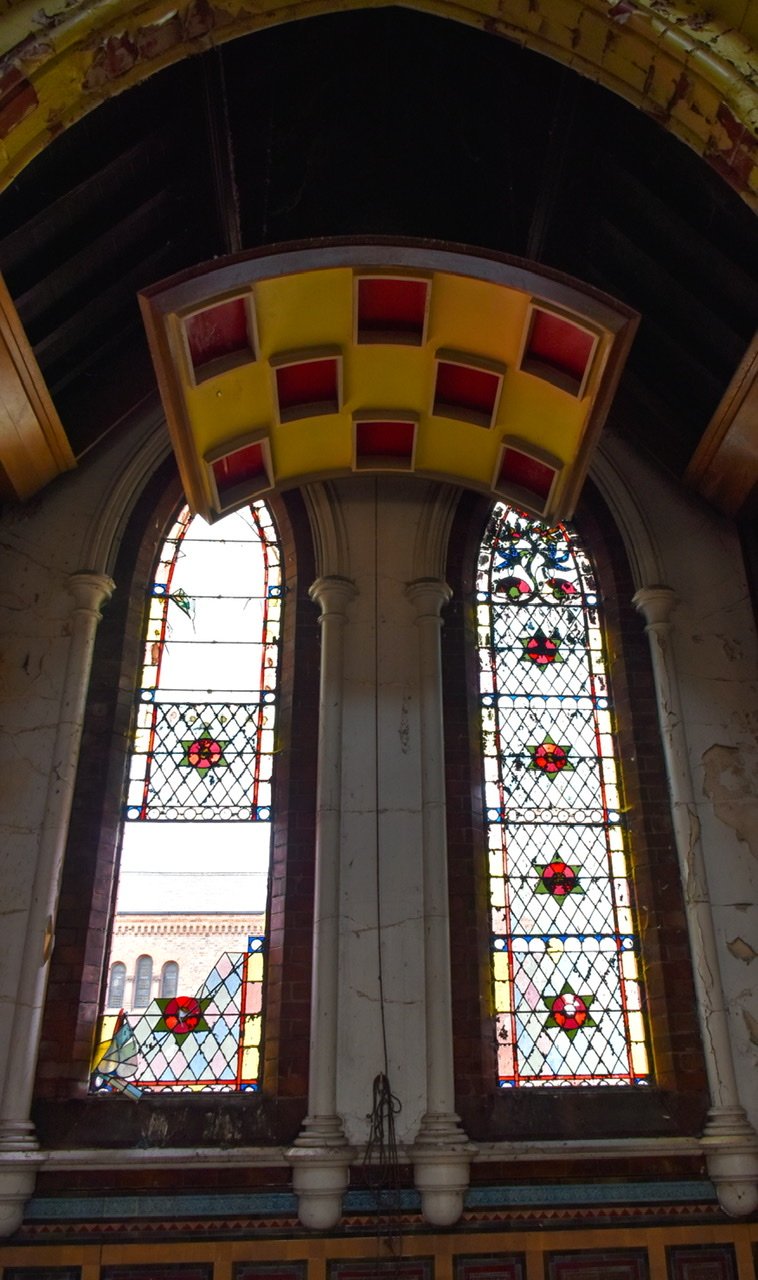
Inside the body of the chapel
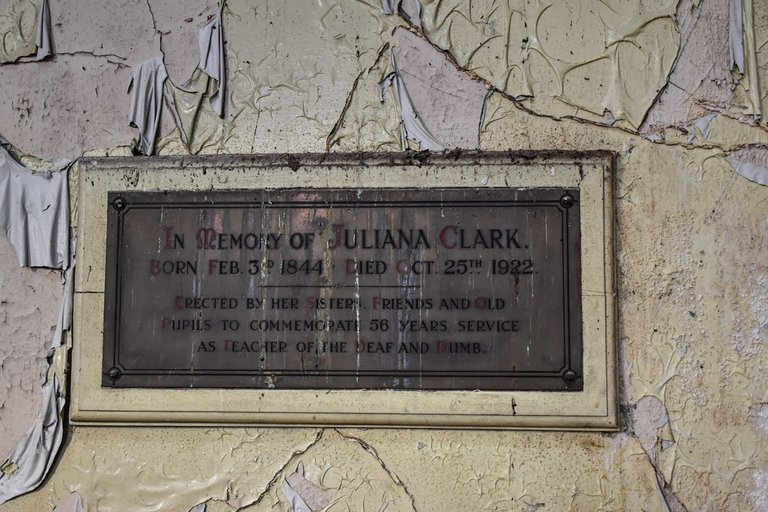
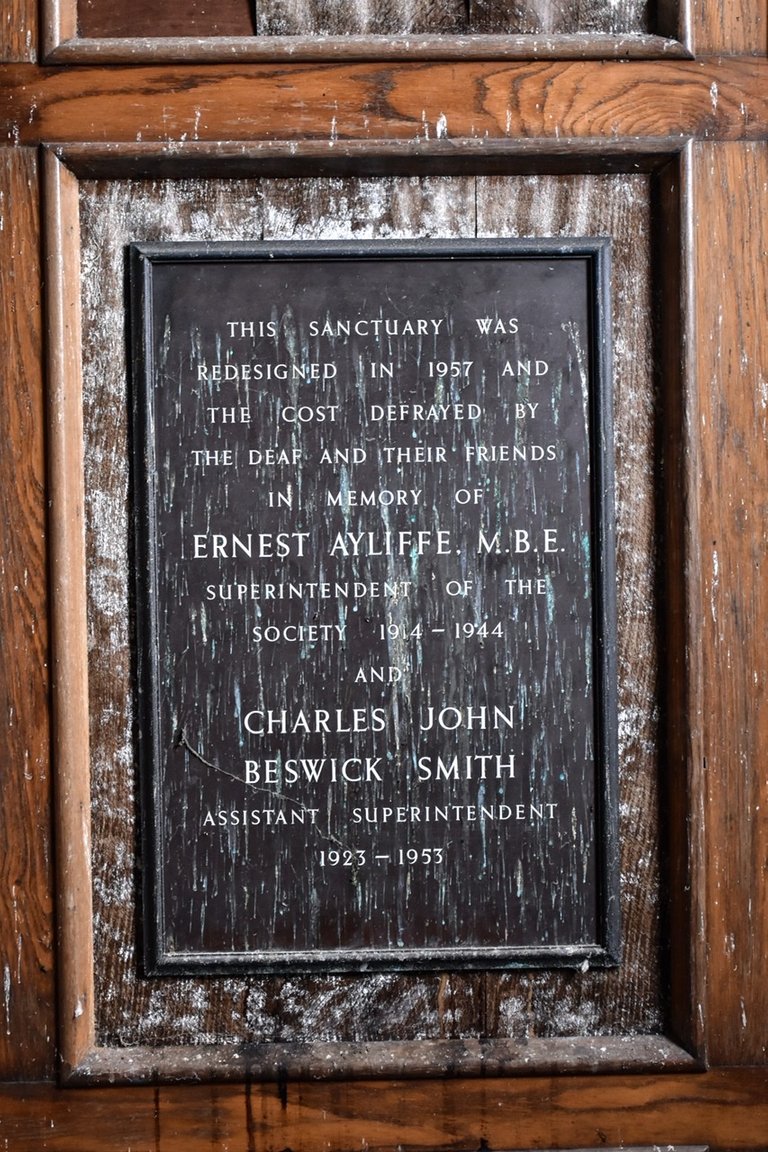
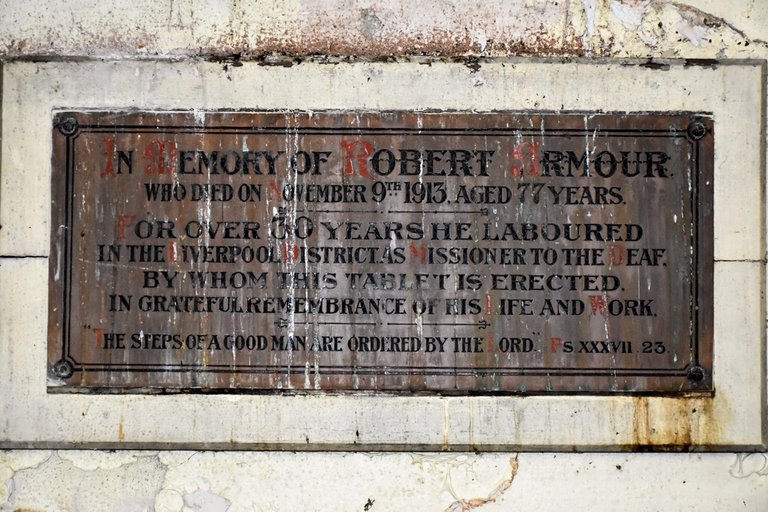
Memorial stones
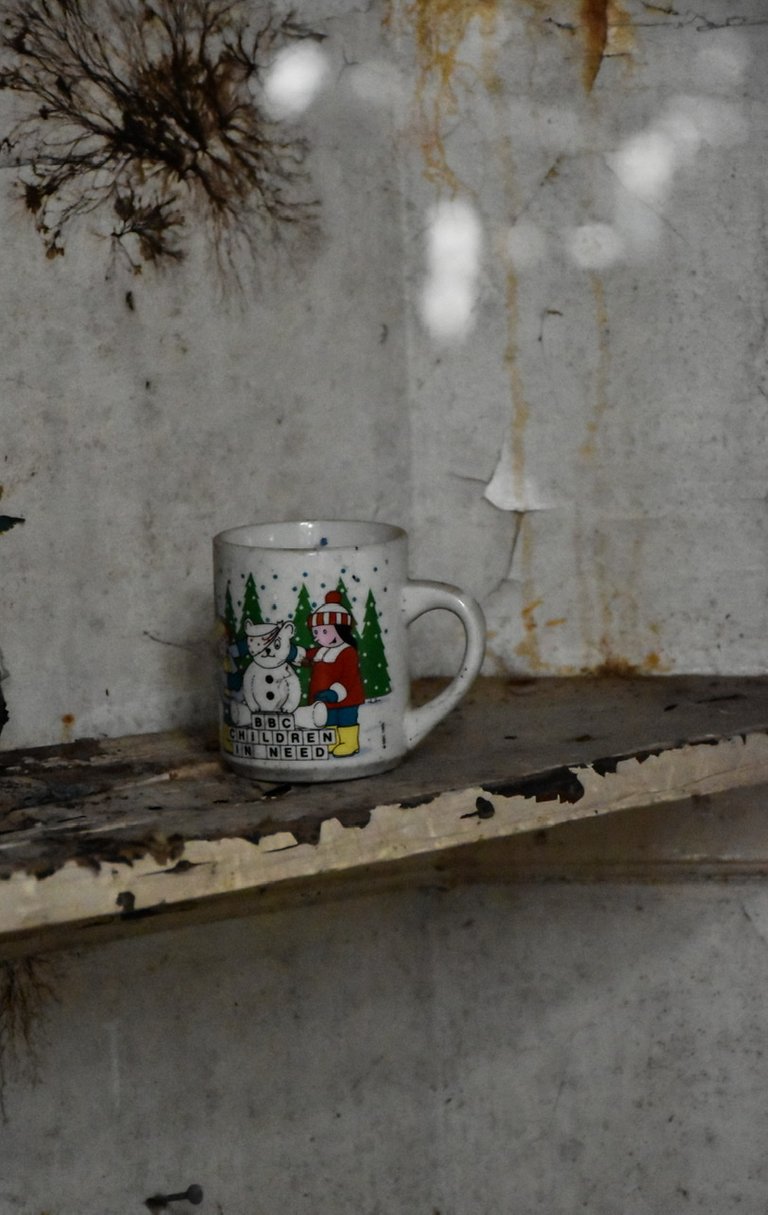
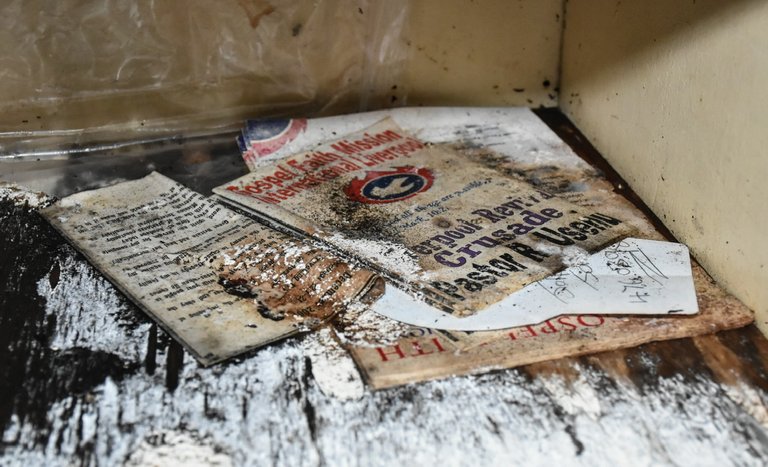
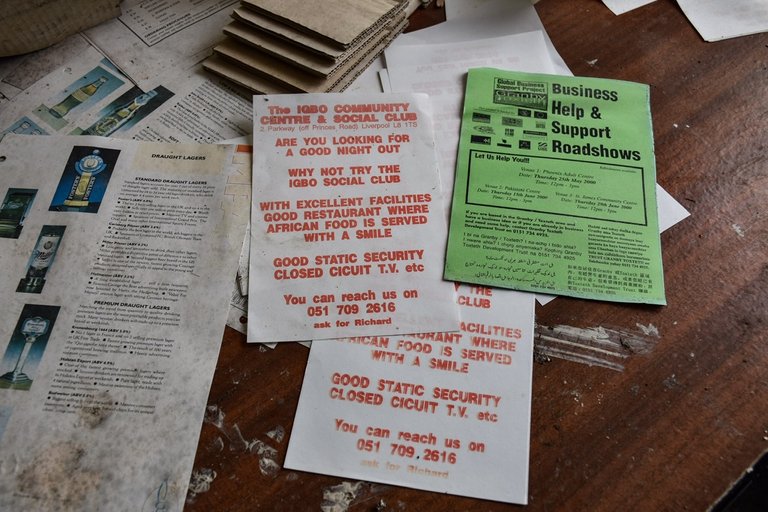
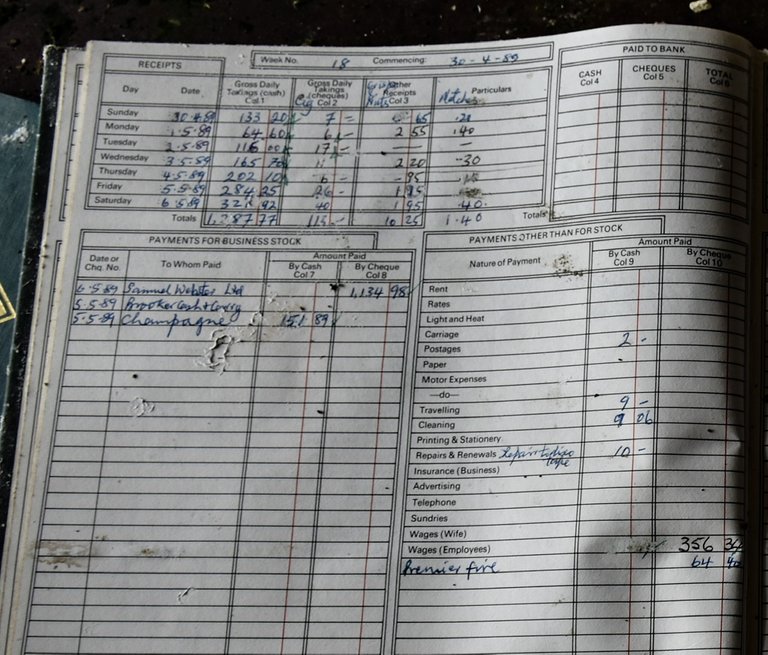
Detritus, an accounts ledger from 1989, religious text fliers and a mug




